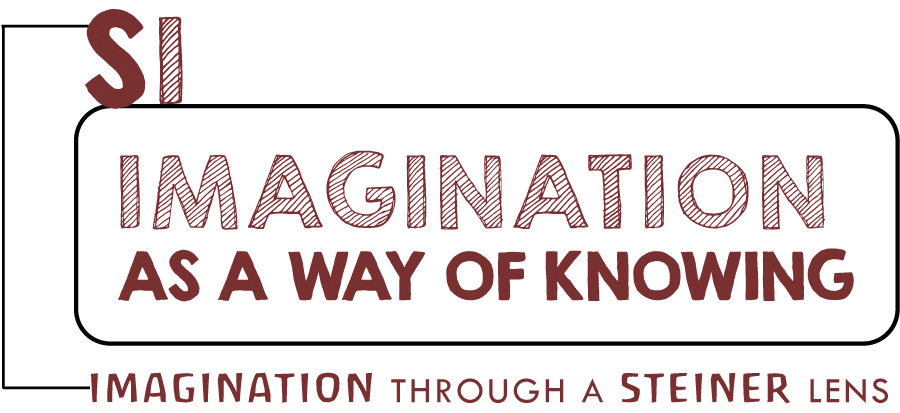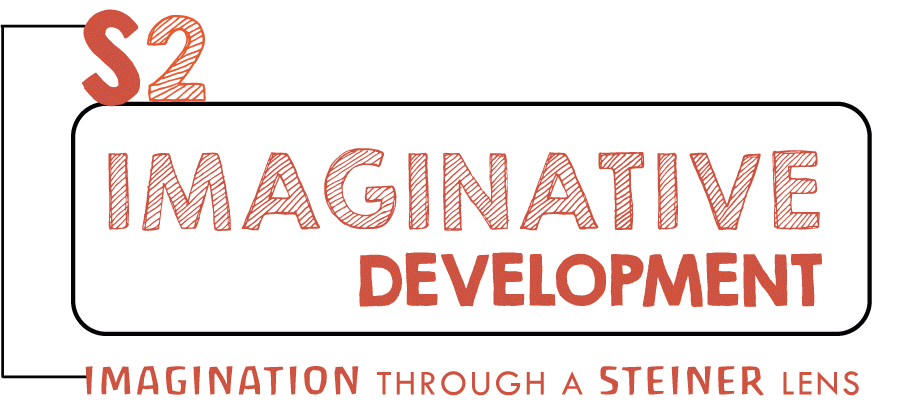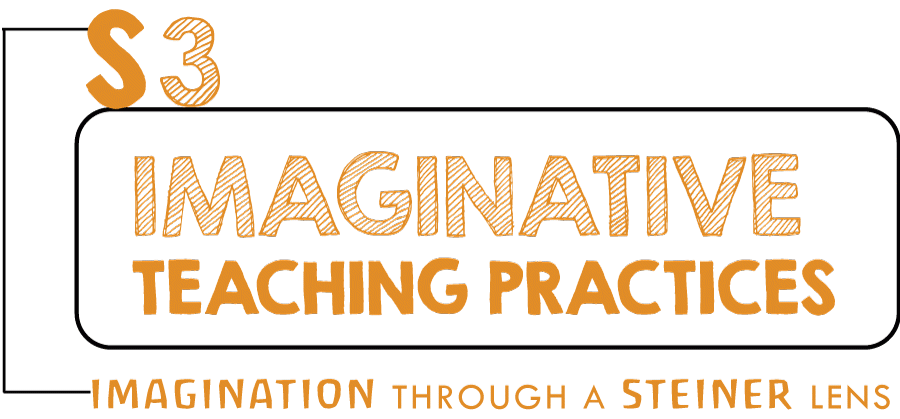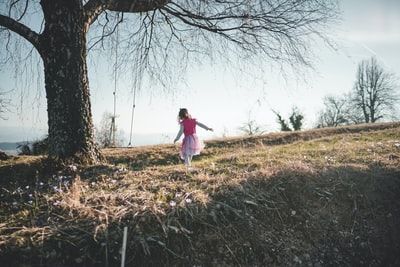Rudolf Steiner focused on the qualities of the cognitive abilities of succeeding generations. He was interested in the difference in the nature of consciousness that moulded these abilities.
The picture consciousness that characterises early childhood, Steiner suggested, was foreshadowed in the mythic nature of the consciousness of early peoples. In ancient times, Steiner observed, our consciousness was more participatory and filled with imaginative, picture content.
Young children are able to live and dream imaginatively into their surroundings. They can move freely into what Indigenous people call The Dreamtime. In Western cultures most of us lose this capacity in later childhood and adulthood. In her novel Devotion, Hannah Kent captures a sense of what it is like to dream into and feel part of the world around us:
" I sang clear and bright that night. Blinded in the dark, hushed, my body prickled to the world in a way it had not done since I was a child. The smell of the pine needles and the curved fingernail of light above me feel so joyfully alive that I was filled with gratitude to God for the verity of my being. I was exultant; I reconciled divinity with the smell of sap, imagined the Lord’s mansion as a wilderness. The sound of my voice against the mother tongue of pines swum around me until I could see eternal life forever under a canopy of trees, angels appearing like perfect circles of pine cap mushrooms, glistening wet, anointing my fingers with saffron milk".
(Hannah Kent, 2021, Devotion, p.41)
(Hannah Kent, 2021, Devotion, p.41)
Steiner explains how the images in folk tales give wings to the soul:
In ancient times, religious ideas, myths, and folk tales gave souls light for the spiritual world. … Of course, people did not physically meet the angels that myths and folk tales speak about. … Spiritual researchers are not naïve and know that fiery dragons do not really fly through the air. However, they always knew it was necessary to form the imagination of the fiery dragon, for when it lives in the soul, it casts light on the spiritual world. These are powerful imaginations. That is the principle behind all myths; they are not intended to reflect external reality accurately, but to enable us to live in the spiritual world.
In the process of our evolution, myths and folk tales are gradually lost, but children should not grow up without them. It makes a tremendous difference whether or not children are allowed to grow up with folk tales. The power of the folk tale images, which give wings to the soul, becomes apparent only at a later age. Growing up without folk tales leads later to boredom, to world-weariness. … The qualities that seep into our souls from folk tales later emerge as a zest for life, enthusiasm for being alive, an ability to cope with life, all of which can be seen even in old age. Children have to experience the power of the content of folk tales while they are young and can still do so.
In the process of our evolution, myths and folk tales are gradually lost, but children should not grow up without them. It makes a tremendous difference whether or not children are allowed to grow up with folk tales. The power of the folk tale images, which give wings to the soul, becomes apparent only at a later age. Growing up without folk tales leads later to boredom, to world-weariness. … The qualities that seep into our souls from folk tales later emerge as a zest for life, enthusiasm for being alive, an ability to cope with life, all of which can be seen even in old age. Children have to experience the power of the content of folk tales while they are young and can still do so.
(Steiner, 1914/1990)
We little suspect how deeply hidden lie the springs that have given rise through centuries of human history to all the enchantment of genuine fairy tale poetry.
In ancient times human beings could more fully perceive their union with the spiritual world outside themselves. They saw how everything going on in their soul, the happenings deep un their soul, were related to certain spiritual realities alive in the universe. They saw these realities moving through the soul, felt closely related to the spirit-soul beings and realities of the universe. This was a characteristic of humankind’s primeval clairvoyance.
Lev Vygotsky, Kieran Egan, and Rudolf Steiner
Rudolf Steiner and Kieran Egan both emphasise the intriguing connection between the growth of students’ imaginations and the development of humanity over time.
In identifying key stages in the growth of imagination, Kieran Egan draws on Vygotsky’s research, which highlights the role played by the cultural development of societies.
Vygotsky observed that the inspired creation and use of ‘cultural tools’ (both physical and psychological), support humanity to meet cultural milestones in development which can be passed down through the generations. Egan adopts Vygotsky’s idea of cultural recapitulation* but adapts it by placing emphasis on the specific cultural tool of students’ cognitive abilities.
Vygotsky observed that the inspired creation and use of ‘cultural tools’ (both physical and psychological), support humanity to meet cultural milestones in development which can be passed down through the generations. Egan adopts Vygotsky’s idea of cultural recapitulation* but adapts it by placing emphasis on the specific cultural tool of students’ cognitive abilities.
Like Kieran Egan, Steiner focuses on the qualitative nature of the cognitive abilities of succeeding generations. Steiner, however, is interested in the difference in the nature of consciousness that plays a formative role in the moulding of these abilities.
Write your awesome label here.
Learn more in the S Series below

PROFESSIONAL KNOWLEDGE
Introduction to key principles of Imaginative Education, ‘creative flow’, originality in thinking and the application of Contemplative Inquiry methods in Imaginative Education.

PROFESSIONAL KNOWLEDGE
Introduction to core values of Imaginative Education and the main stages of the development of Imagination

PROFESSIONAL KNOWLEDGE
Overview of teaching methods, strategies and practices informed by the physiological & psychological factors influencing Imaginative development

